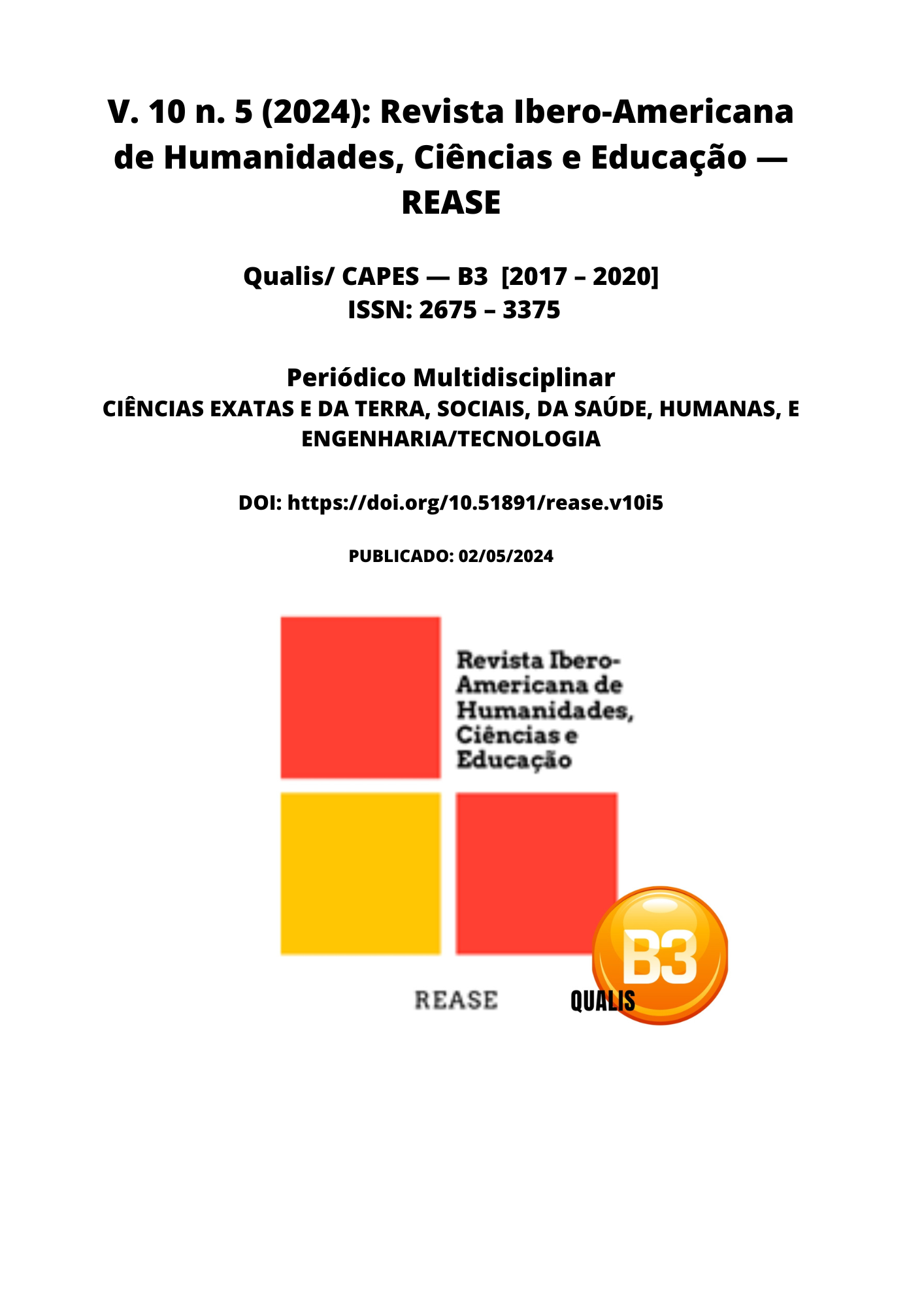SCHOOL INCLUSION AND NEUROSCIENCE: ADAPTATIONS FOR DIFFERENT LEARNING STYLES
DOI:
https://doi.org/10.51891/rease.v10i5.13737Keywords:
Inclusão Escolar. Neurociência no Ambiente Escolar. Desenvolvimento Neural, Estilos de Aprendizagem.Abstract
This article explores the intersection between neuroscience and educational practice with a focus on promoting social inclusion. The pursuit of more effective pedagogical strategies, grounded in neuroscientific insights, becomes particularly relevant, especially when associated with the desire for more accessible and inclusive educational environments. Thus, through neuroscience, new pedagogical practices can be incorporated into the educational milieu to foster social inclusion in the contemporary world. In this regard, this research adopted an exploratory-descriptive approach, coupled with a comprehensive literature review, to analyze the interplay between these two fields. Drawing on contributions from authors such as Eric Kandel, Howard Gardner, Sir Ken Robinson, and Pink, the study provides a solid foundation for understanding the nuances of neuroscience applied to inclusive education. The results underscored pedagogical strategies informed by neuroscientific insights, such as multimodal approaches and consideration of circadian rhythms, as crucial for personalized learning. Despite persistent challenges like teacher training and equitable resource access, the need for collaborative approaches was emphasized. The final conclusions underscored the urgency of effectively integrating neuroscientific knowledge into the educational landscape to create genuinely inclusive environments, emphasizing the importance of translating reflections into concrete actions to drive significant changes in the educational landscape.
Downloads
Downloads
Published
How to Cite
Issue
Section
Categories
License
Atribuição CC BY

